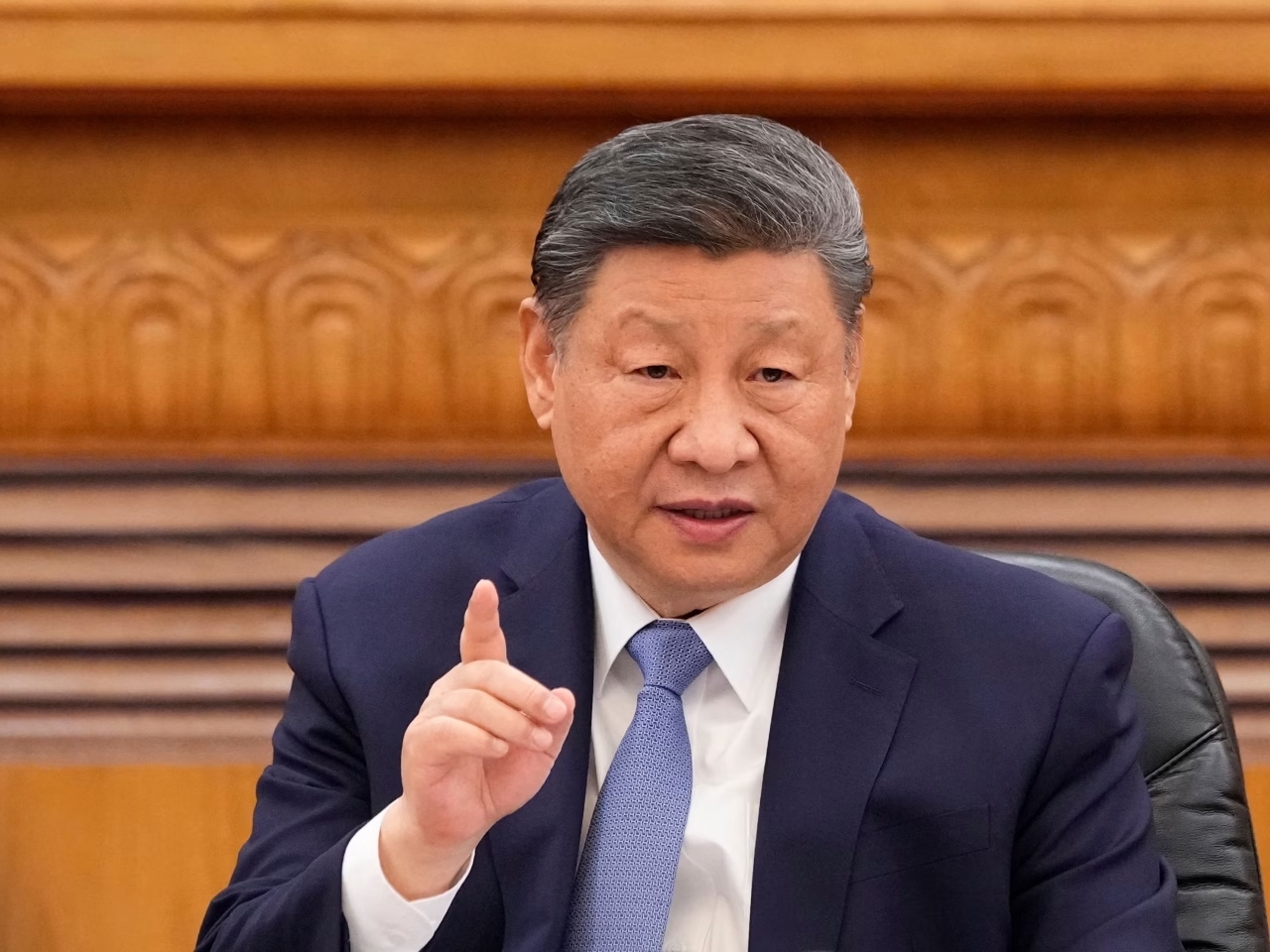In a dramatic escalation of the ongoing trade conflict, China has announced an eye-popping 84% tariff on American imports, a response to former President Donald Trump’s recent implementation of a staggering 104% tariff on Chinese goods.
This latest move by China represents a sharp increase from the previously set 34% tariff and underscores the deepening rift in trade relations between the two economic giants.
As markets react to this escalating situation, Trump has seized the opportunity to call for American businesses to shift their operations back home.
His directive, “Don’t wait, do it now!” reflects a broader strategy aimed at promoting domestic production while portraying the tariffs as a means to protect American interests.
Trump’s administration continues to frame these protective measures as necessary steps against what they describe as unfair trade practices by China and other countries.
Moreover, Trump has expanded his tariff strategy beyond China, introducing steeper tariffs on imports from 60 nations termed the “worst offenders” in trade.
He claims that these affected countries are in dire need of negotiations, expressing that leaders are reaching out to him in an unusually submissive manner.
The financial markets are responding to this uncertainty with volatility: European markets continue to decline, while investors are increasingly offloading long-term US government bonds, a traditional refuge during economic instability.
This shift indicates growing concerns over the potential ramifications of sustained trade hostilities, not just for the US but for the global economy as a whole.
As both sides dig in their heels, the prospects for resolution appear dim.
The situation remains fluid, with significant implications for international trade dynamics and economic stability worldwide.
End.

